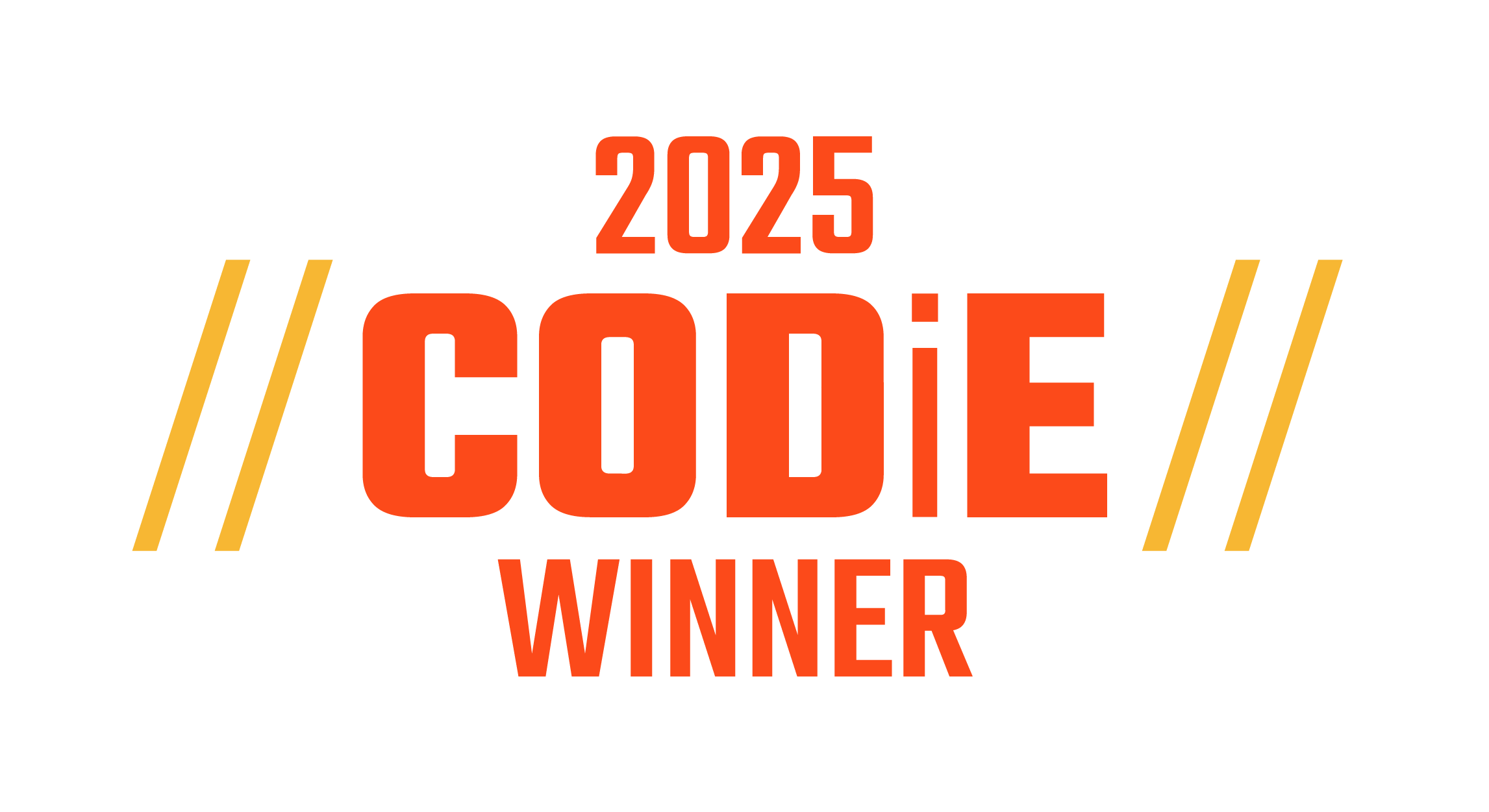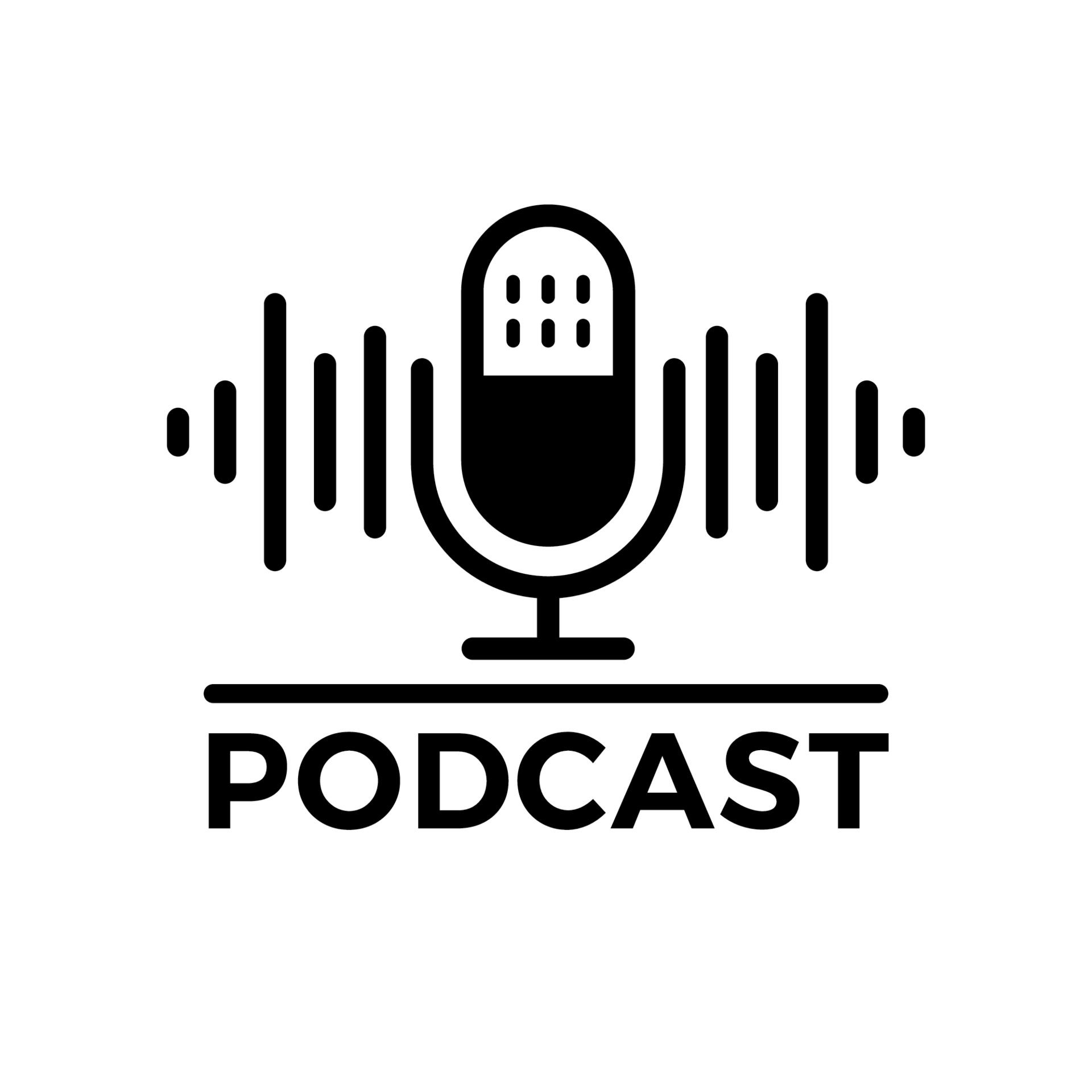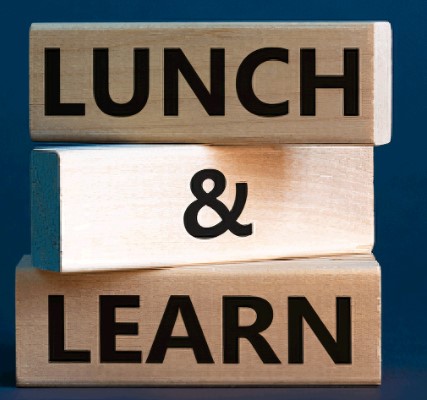Editorial: "We just started with Penda Learning. Here's what we did next."
September 23, 2019 - Our school just started using Penda Learning this year. During pre-planning, science teachers completed the online on-demand teacher professional development module provided by Penda Learning. Teachers learned all about Penda, created their Penda teacher accounts, then explored how features and functionality work through guided instruction. The on-demand PD was innovative and very easy to complete, especially since everyone could do it when it suited their schedule - whenever, wherever, however they wanted. One science teacher even reported completing it on her iPhone while sitting at Starbucks.

After all science teachers had completed this first initial step, we then met as a science professional learning community (PLC) to create an action plan to address how we were going to use it in each grade level. We discussed items like:
- Will we use this only for supplemental, or will we use it with intent for intervention purposes?
- How will we use this for intervention - RTI level 2 specifically? What will that look like in practice?
- With some ideas in mind of how we can use Penda for RTI Level 2, how will we implement this into our curriculum and into our teaching practice? Who? When? Why? How?
- How will we measure our success of implementing and using Penda?
- Are we going to count what students do on Penda for a grade? How will it be graded?

What was born from this collegial conversation, was a thoughtful action plan of which each grade level has taken ownership of. We've never had this much departmental synergy! This is the first year that we actually have a SOLID plan in place of which all science teachers are on-board, and we've figured out how we can leverage Penda every step of the way to do most of the work for us.

In short, we've developed 3 Penda activities that we are using for grade 6, 7, and 8 formative assessments. Each grade-level created 1 formative assessment within Penda SHARE, then shared the activity for all science teachers within the school to use - sharing the workload and not duplicating efforts. Since, teachers have assigned the activities to students for them to complete. Students have completed the Penda activities and received instant feedback while doing so.

Student data was aggregated by the Penda platform and sent to teachers in easy-to-interpret reports. We met during grade-level PLC's and also during our monthly science PLC to review and analyze the data in greater depth then determined possible next steps. As part of this process, during our science PLC we even worked within our Penda teacher accounts to create classroom intervention groups and move students into the appropriate groups. The 'self-help' Penda videos and informal PD videos available through Penda were extremely helpful and clear.

With classroom intervention groups created by all science teachers, as a science PLC, as grade-level PLCs, and as individual science teachers, we were able to collectively progress-monitor each ability level - struggling learners (low), developing students (medium), high achieving students (high). With the intervention groups set, we now have the ability of long-term progress-monitoring of any group in any class period for any teacher in just 3 clicks.

The biggest benefit, however, comes by way of teachers being able to assign different activities (either those created by Penda Learning or an activity created by the teacher) to different groups of students or even to individual students. This functionality is helping us more effectively and efficiently differentiating instruction and driving intervention support for level 2 and 3 of the RTI (Response To Intervention) model.

To help share the success we've had so far, and collaborate with other teachers using Penda, I've put together this process flow-chart to share what we've done collectively, and each step of the way.

Author: Temetia Heren, Science Department Head - Columbus Middle School



